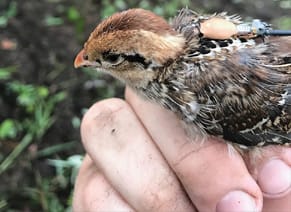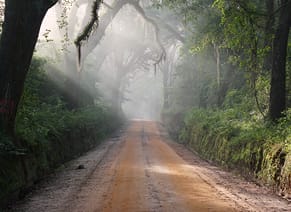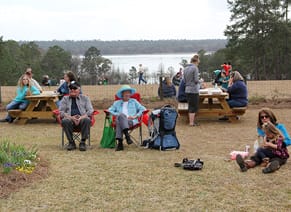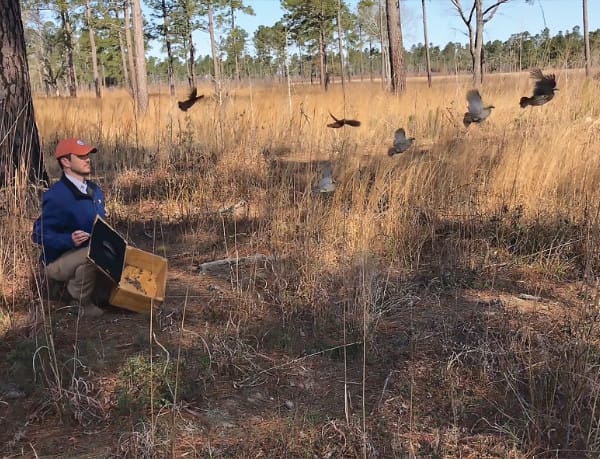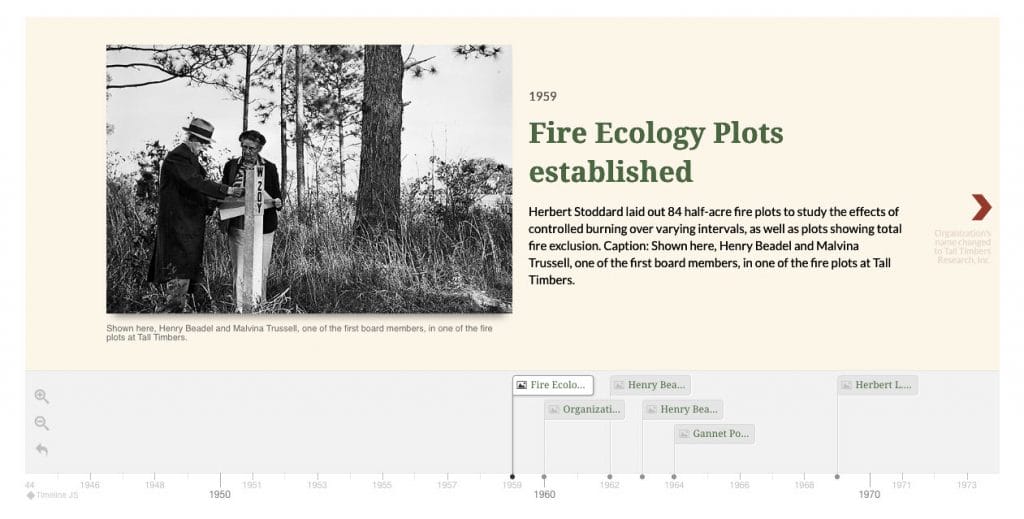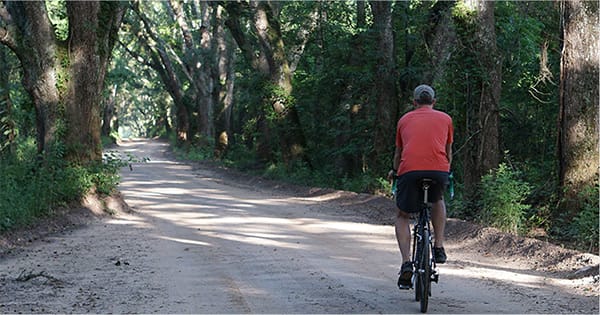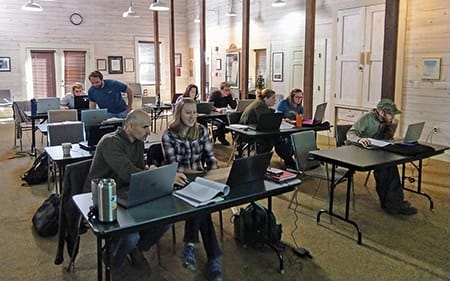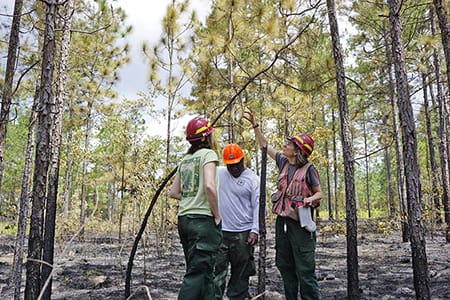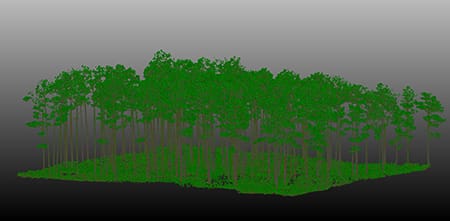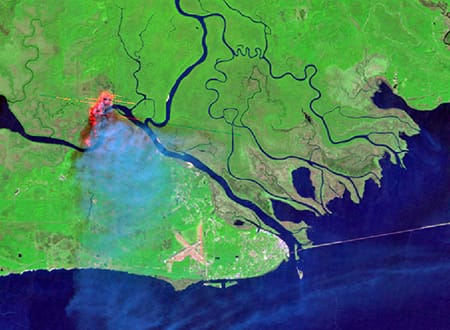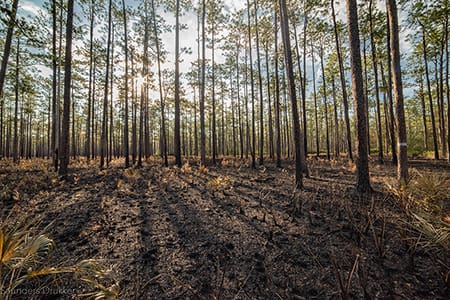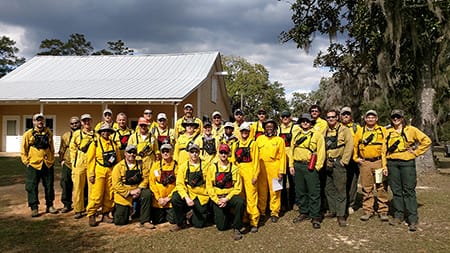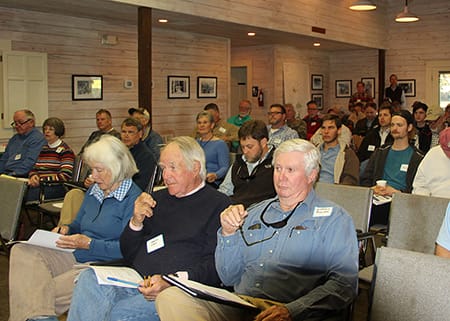Science together
with Land Stewardship
Engaging at the scale needed for change»
- As an internationally recognized research station with over 60 years of experience studying fire-adapted ecosystems and advocating for prescribed fire use.
- As a national hub for prescribed fire science, bringing fire managers and researchers together to identify and fill the gaps needed to increase the pace and scale of prescribed fire use.
- As a bobwhite quail research program working to recover this fire-adapted species throughout its range, by leveraging the land stewardship investment that comes with hunting opportunities.
- As regional experts on management for many of the rare species associated with the fire-dependent longleaf pine ecosystem.
- As one of the largest regional land trusts in the nation, permanently protecting over 145,000 acres of private land in the Red Hills and Albany regions.
- As a local landowner directly managing over 13,000 acres in North Florida on our Tall Timbers and Livingston Place properties.
Building on Fire History
Tall Timbers is widely considered to be the birthplace of prescribed fire science. Our founders, including Herbert Stoddard and the Komarek family, were among the first to apply empirical research techniques to better understand the role of fire in nature. They also launched a critical series of Fire Ecology Conferences in the 1960s that provided the setting needed to establish the field of prescribed fire science, during a time when fire suppression ideology ruled. These interactive timelines provide a look at the history of the land Tall Timbers is built on and the organization that was established in 1958.
Explore the Red Hills Region»
The Red Hills region is a 300,000-acre conservation focus area located between Thomasville, Georgia and Tallahassee, Florida. Recently referred to as the “100-year experiment,” much of the land has a management history that was heavily influenced by Herbert Stoddard’s arrival in the 1920s. These exceptional lands, with their nearly continuous fire history and conservation minded owners, are important for our fire and wildlife research, as well as a focal area for our land conservation work. The region serves as a lifeline between coastal and northern wildlands, providing important wildlife corridors. Explore more of the natural, historical, and cultural wonders of the Red Hills.
What’s New

Red Hills economic impact survey underway
The updated 2024 Red Hills Economic Impact Analysis survey will be sent out within the first week of May. Previously conducted in 2013 and 2018, this study is vitally important in educating our federal, state, and local elected and appointed officials, businesses and chambers of commerce, and the public about the significant jobs, labor income, and economic contributions Red Hills private hunting lands make to local and regional economies.
If you received our survey, please take a few minutes to add your responses and return them to us to contribute to the continued success of the Red Hills!

Subscribe to our free bi-monthly email for land managers
A Land Manager’s Notebook continues to grow as a resource for anyone managing land for wildlife in the Southeast. We provide a mix of seasonal articles that draw from Tall Timbers’ research through the years, discuss current questions, and highlight the people out there practicing land stewardship.
Subscribe for free and start receiving A Land Manager’s Notebook.
Job Board for Quail Hunting Properties
Connecting job seekers with our private lands partners is the goal of our new Quail Hunting Properties Job Board. Visit the Job Board to see open positions or post a job. We hope that providing a dedicated location for these unique job openings, will help attract qualified candidates and further highlight the opportunities wild quail lands create. Our past economic studies show that quail lands generate nearly $340 million in economic impact across the Albany and Red Hills regions, including over 2,600 direct jobs. Technical colleges are helping to spread the word and are valuable partners as we all consider the training and workforce development needed to maintain world-class quail hunting properties.

